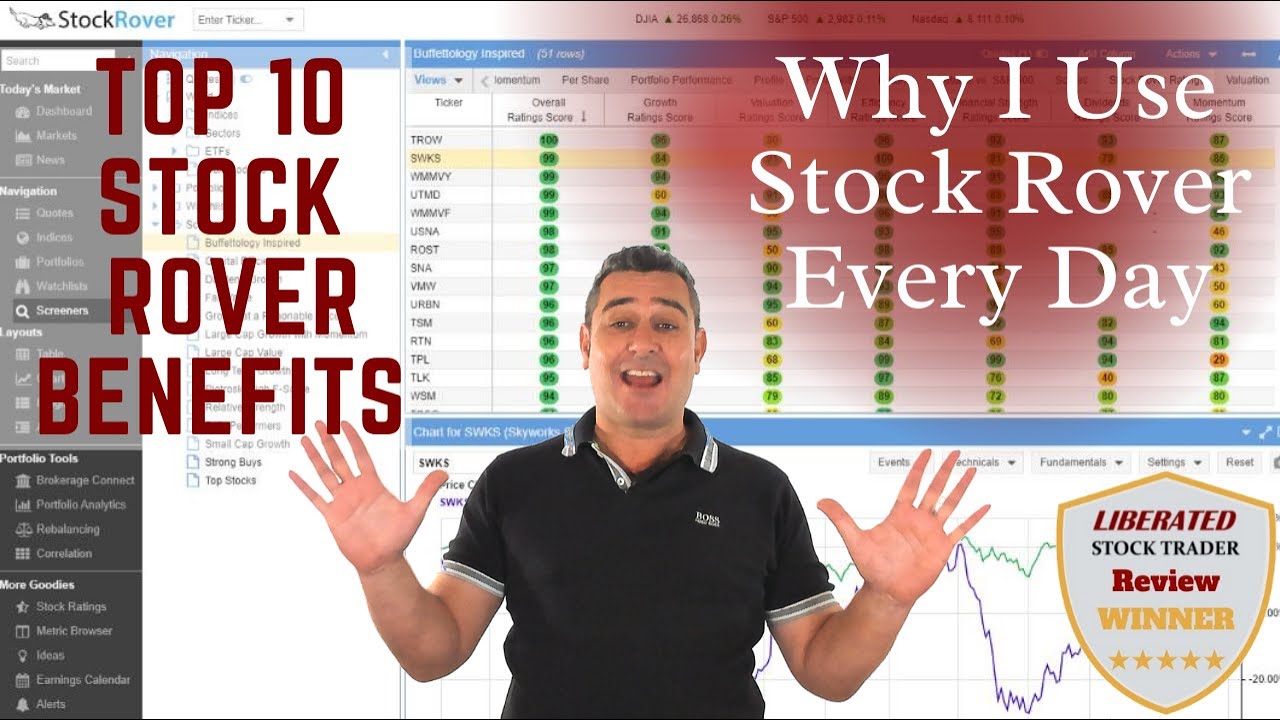Fundamental analysis measures business, which is at the heart of our modern economies. Businesses generate wealth and employment and improve the standard of living of entire nations.
Wealth generation enables us to have stable democracies and safe places to live.

A history of business
The history of business is a long and complex one. From the early days of trading goods between different cultures to the modern era of multinational corporations, the business world has seen many changes.
One of the earliest forms of business was merchant trading. This involved buying goods from one place and selling them in another for a profit. This was a risky venture, as there was no guarantee that the buyer would be interested in the goods offered. However, if done correctly, it could be very profitable.
As time went on, new methods of doing business developed. The first stock exchange was established in Amsterdam in 1602, allowing traders to buy and sell company shares. This made investing in businesses much more accessible to people, creating many new businesses.
In the 1800s, railroads were built across America, allowing goods to be transported more cheaply and quickly. This led to a huge increase in trade, making doing business across different states much easier.
In the 20th century, businesses began to expand internationally. The first multinational corporation was founded in 1881 and operated in several countries. This marked the beginning of a new era in business as companies began to operate globally.
Today, the business world is more complex than ever before. There are millions of different businesses operating in hundreds of different countries. The global economy is worth trillions of dollars and continues to grow yearly.
Why do we do business?
There are many reasons why businesses do business. Common reasons include making a profit, getting goods and services, and expanding one’s customer base. However, the real reason businesses do business is to create value for their stakeholders.
Creating value for stakeholders is the key to a successful business. Stakeholders are individuals or groups with a vested interest in the success or failure of a business. They can be shareholders, employees, customers, suppliers, or even the community in which the business operates.
A business that creates value for its stakeholders will be more successful than one that doesn’t. That’s because creating value for stakeholders aligns the interests of the business with those of its most important constituents. When a business creates value for shareholders, employees, and customers, it is more likely to achieve its goals and objectives.
There are many ways to create value for stakeholders. One way is to provide them with the goods or services they need. Another way is to create an environment in which they can prosper.
For example, a business that provides its employees with a safe and healthy workplace is creating value for its employees. A business that gives its customers superior products and services at a fair price creates value for its customers. A business that supports charities and causes important to its community creates value for its community.
Creating value for stakeholders is the key to success in business. It’s what separates the best businesses from the rest. When you focus on creating value for your stakeholders, you’ll be well on your way to building a successful business.
How to measure the success of a business
There are various ways to measure the success of a business. One way is to look at the company’s financial statement to see if the business is making a profit. Another way is to measure customer satisfaction levels to see if customers are happy with the products or services offered. A third way to measure success is to look at employee satisfaction levels to see if employees are happy with their jobs. Finally, a fourth way to measure success is to look at the company’s growth rate to see if the business is expanding.
Each of these methods has advantages and disadvantages, so it is important to choose the right method for measuring the success of your particular business. Financial statements can be difficult to interpret and may not always give an accurate picture of the company’s financial health. Customer satisfaction levels can be hard to measure, and employee satisfaction levels can vary depending on the type of business. Many factors can affect growth rates, including the economy and competition.
Fundamental Financial Analysis is How To Measure a Business
The key measures in financial analysis are profitability, liquidity, and solvency. Profitability is measured by profit margin, return on assets, and return on equity. The current ratio and quick ratio measure liquidity. The debt measures solvency to equity ratio and debt to total assets ratio.
Profitability
Profit margin is a measure of profitability that shows how much out of every dollar of sales a company keeps in earnings. The higher the profit margin, the more profitable the company. Return on assets (ROA) is a measure of profitability that shows how much profit a company generates for every dollar of assets it owns. The higher the ROA, the more profitable the company. Return on equity (ROE) is a measure of profitability that shows how much profit a company generates for every dollar of shareholder equity. The higher the ROE, the more profitable the company.
Liquidity
The current ratio is a measure of liquidity that shows how often a company can repay its short-term debts with its current assets. The higher the current ratio, the more liquid the company is. A quick ratio is a measure of liquidity that shows how often a company can repay its short-term debts with its quick assets. Quick assets are current assets minus inventory. The higher the quick ratio, the more liquid the company is.
Solvency
The debt-to-equity ratio is a measure of solvency that shows how much debt a company has for every dollar of shareholder equity. The higher the debt-to-equity ratio, the more leveraged the company. The debt to total assets ratio is a measure of solvency that shows how much of a company’s assets are financed by debt. The higher the debt-to-total assets ratio, the more leveraged the company is.
The Key Fundamental Financial Measures
- Revenue and, more importantly, revenue growth – the amount of money that went into the cash register of the company (before taxes and expenses)
- Profit Margin – the percentage difference between Net Profit (after-tax) and Net Sales
- Earnings and, more importantly, earnings growth are the revenue minus the expenses.
- Earnings per Share (EPS) – EPS is the company’s total earnings (after tax) divided by the total common shares outstanding in the market.
- EPS = Earnings (after taxation) / Total ordinary shares
Investing In Stocks Can Be Complicated, Stock Rover Makes It Easy.
Stock Rover is our #1 rated stock investing tool for:
★ Growth Investing - With industry Leading Research Reports ★
★ Value Investing - Find Value Stocks Using Warren Buffett's Strategies ★
★ Income Investing - Harvest Safe Regular Dividends from Stocks ★

"I have been researching and investing in stocks for 20 years! I now manage all my stock investments using Stock Rover." Barry D. Moore - Founder: LiberatedStockTrader.com
Filter out the garbage!
If there is one industry full of stats, theories, and 95% personal opinion, it is the financial industry, especially regarding investments. This is especially the case when it comes to stock analysis.
If analysts on Bloomberg TV are not talking about the debt-to-asset ratio or volume of short-term debt, then it is the current or even the PE ratio.
The key fundamental factors of stock selection are in detail in future sections, but if you take one thing out of this article, it should be:
- Companies making lots of money (revenue or earnings) could be good targets.
- Companies making more money this year than last year are good targets.
- Companies that are making more money this quarter than the same quarter last year are good targets.
- Companies that are making jumps in earnings that are larger percentages than the previous period are “GREAT COMPANIES.”
“Only buy Quality Stocks.”
” I want to win; therefore, I buy only Winners.”
The Liberated Stock Trader
This is simple advice, but it is so important.
One of the finest books on investing has to be, without a doubt, How to Make Money in Stocks by William J. O’Neil.
Anyway, to quote from Mr. O’Neil’s Book.
“The percentage increase in earnings per share is the single most important element in-stock selection today”*
He also drives home the message.
“My study of thousands of the most successful concerns in America proved that virtually every corporate stock with an outstanding price move showed Accelerated Quarterly Earnings increases sometime in the previous 10 Quarters before the towering price advance began” *
* Excerpt from How to Make Money in Stocks by William J. O’Neil.

My favorite so far